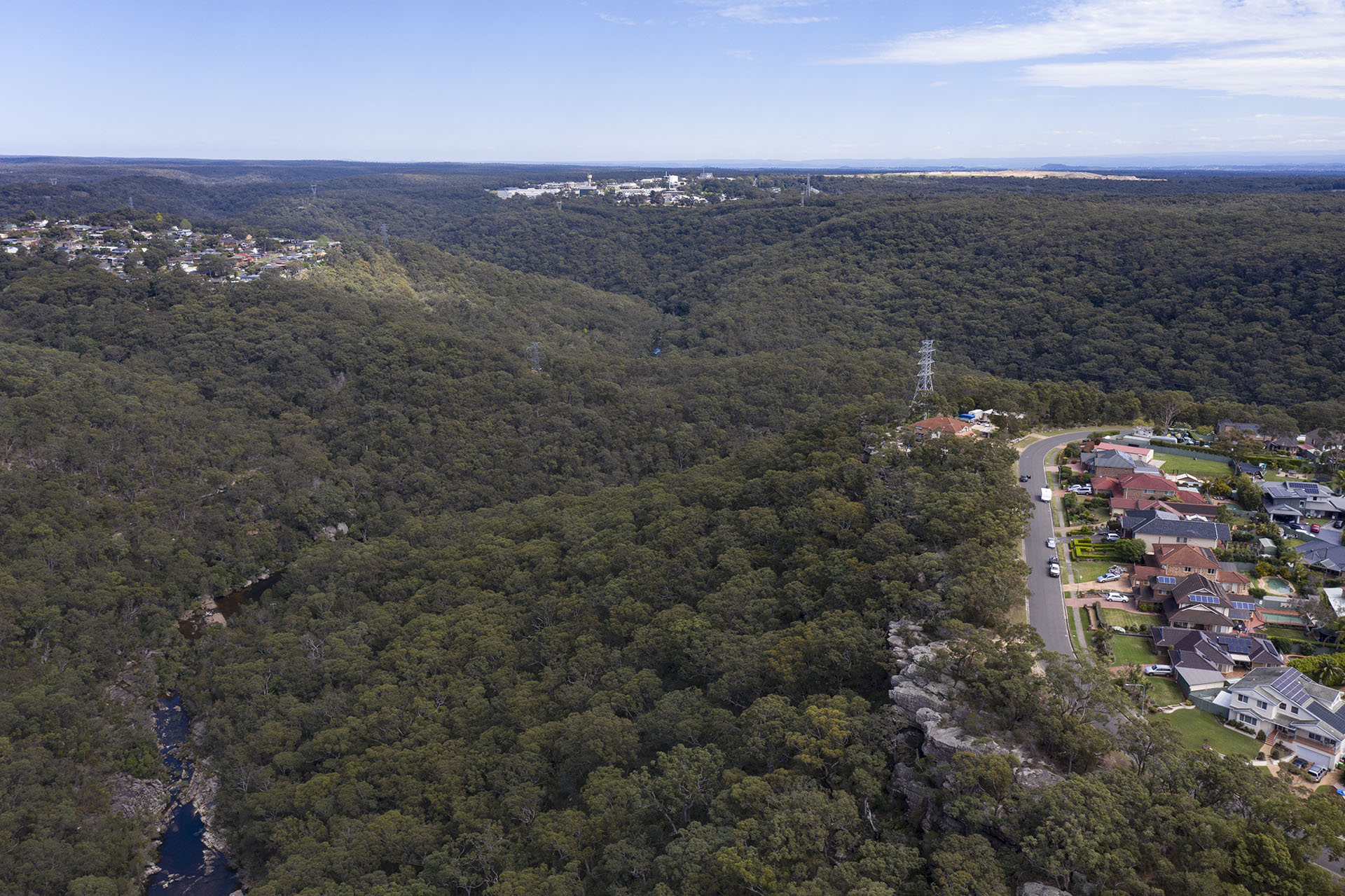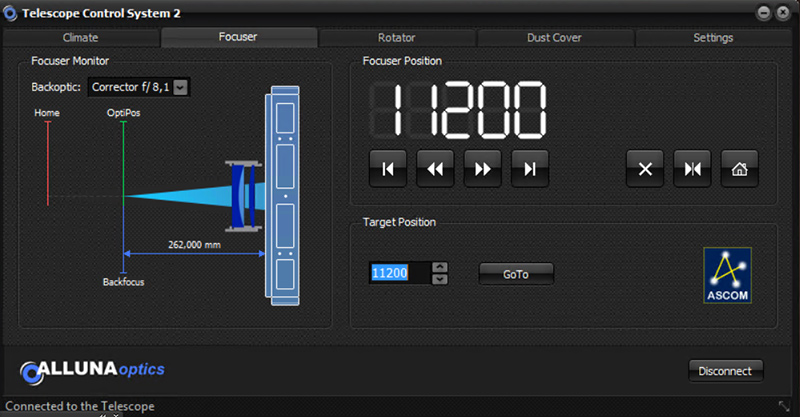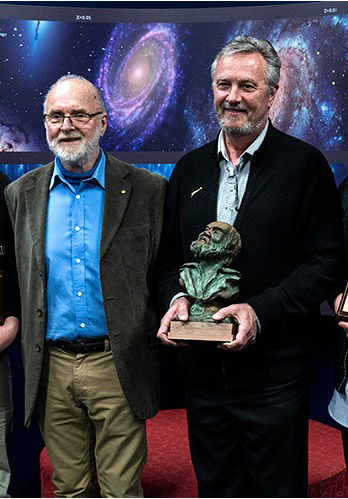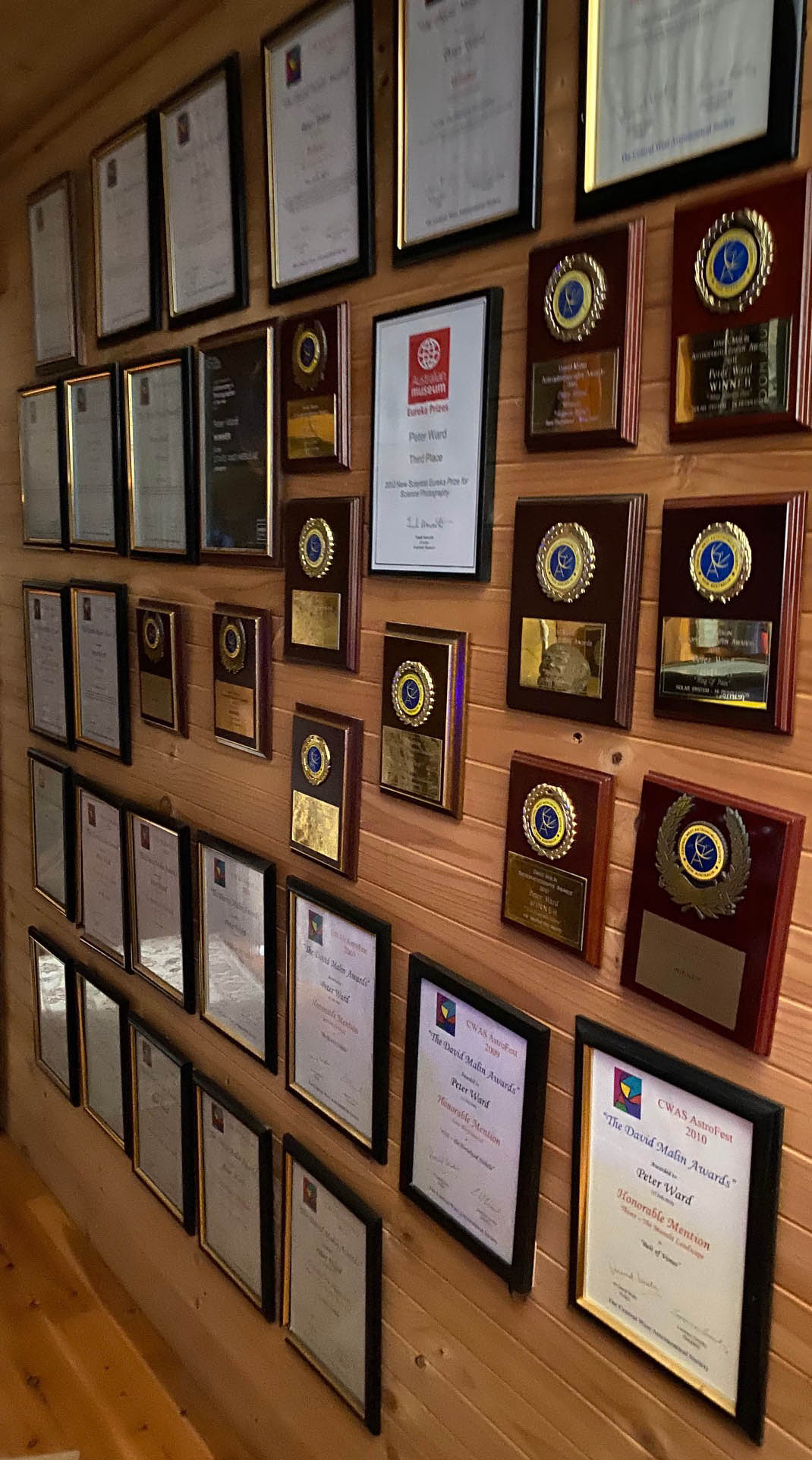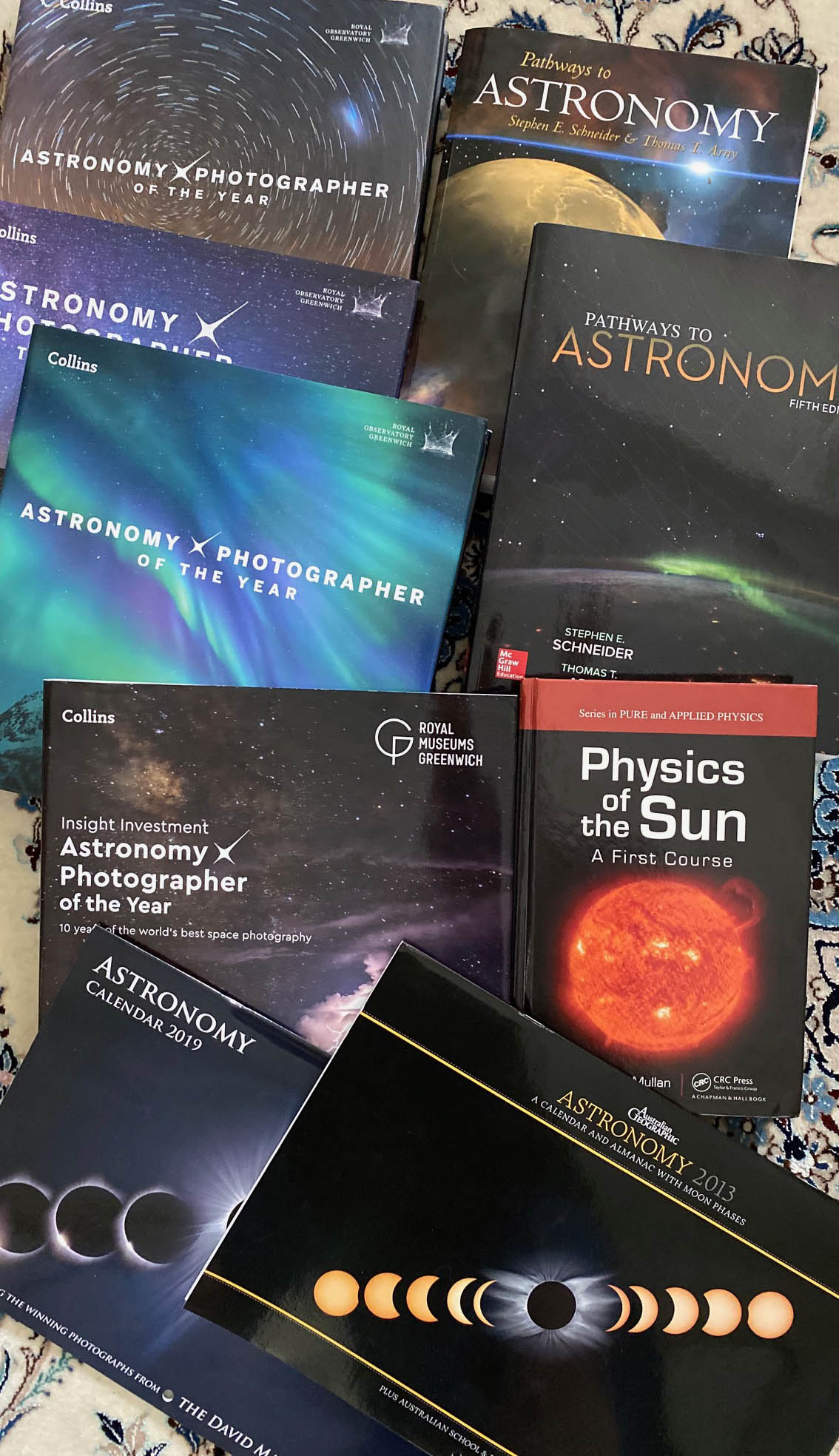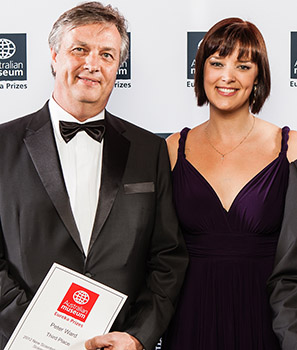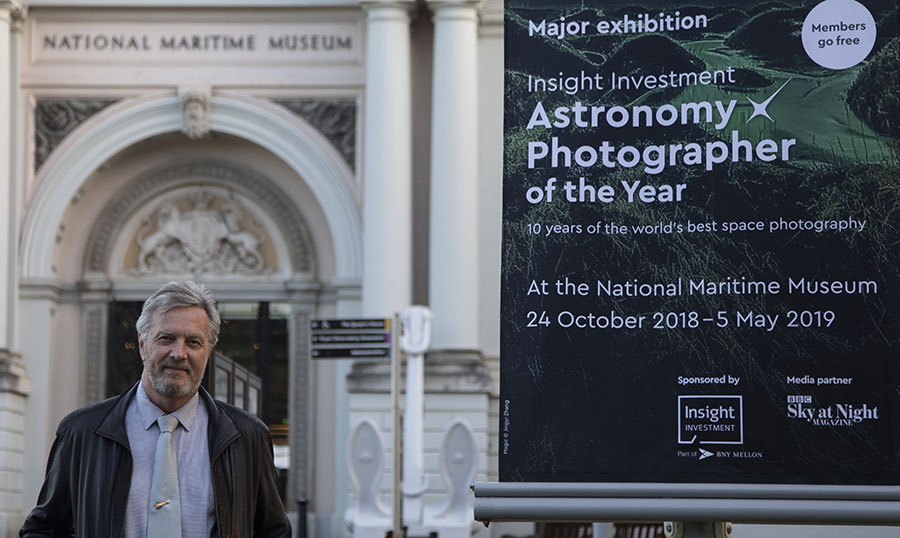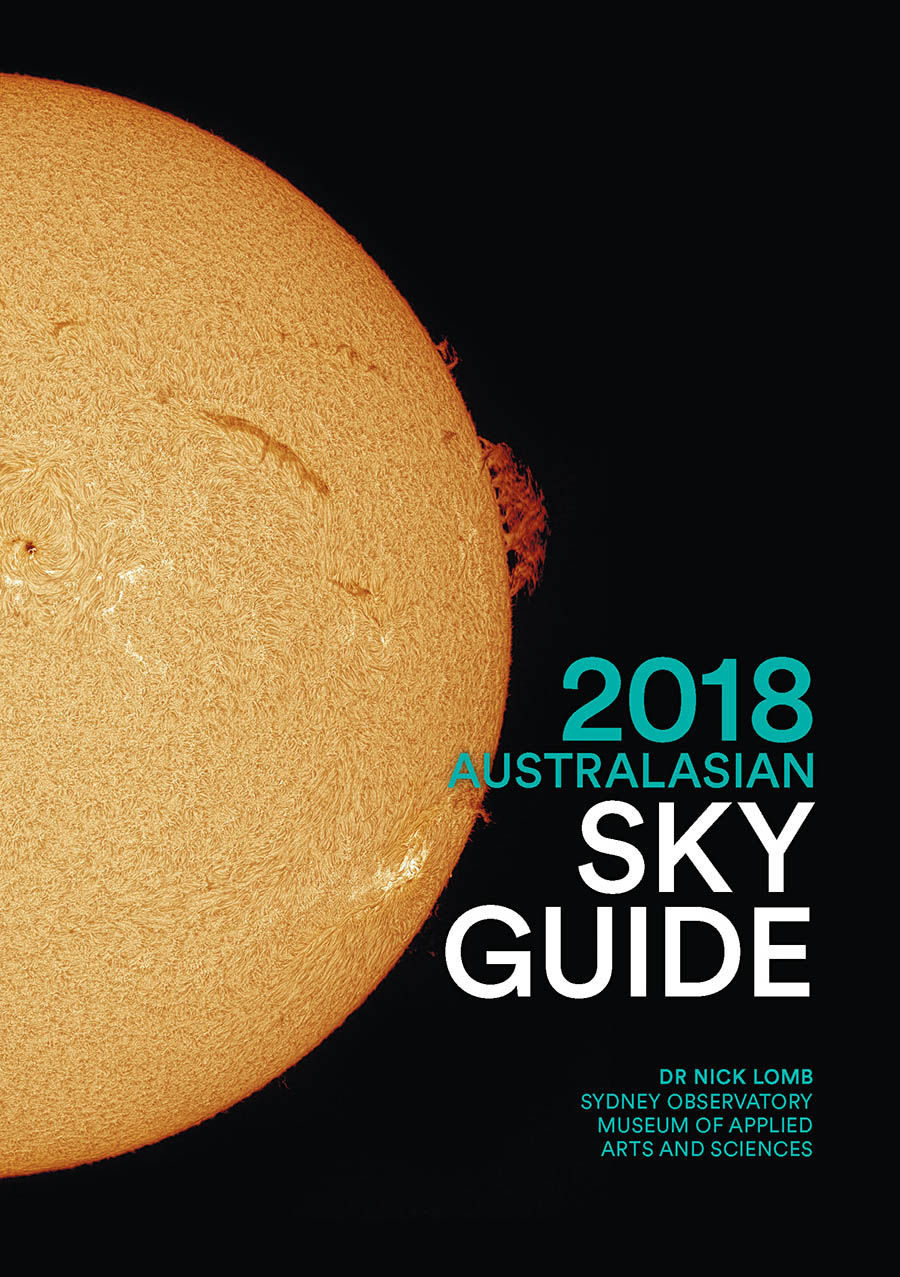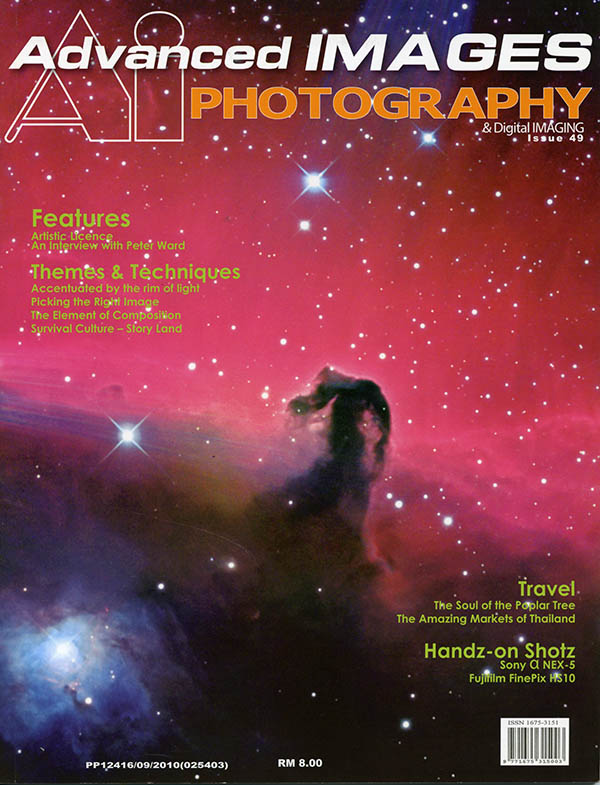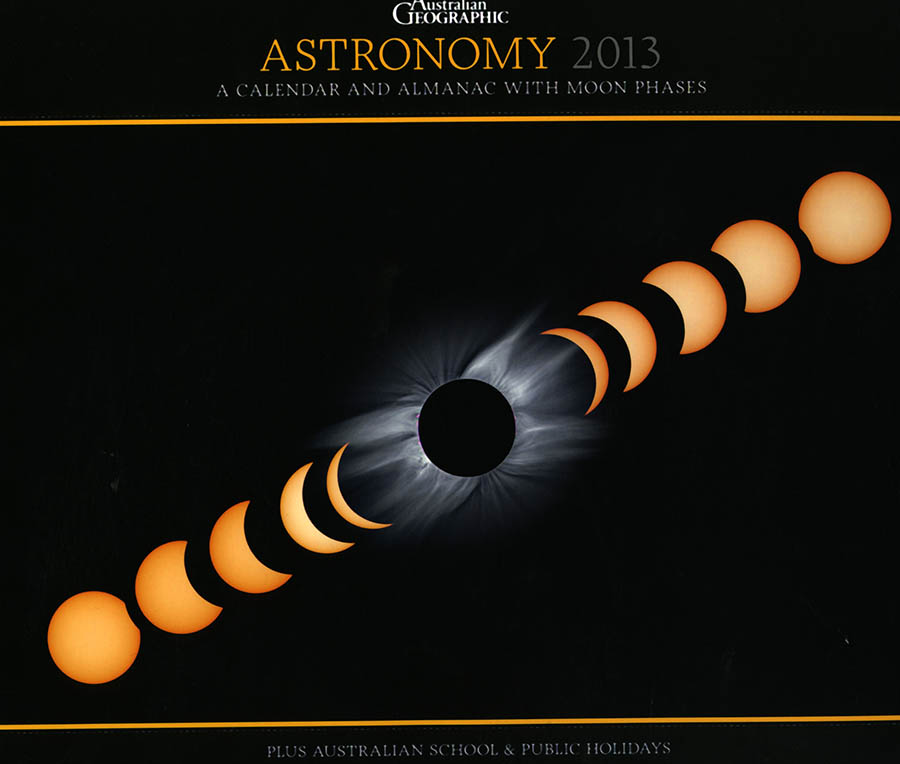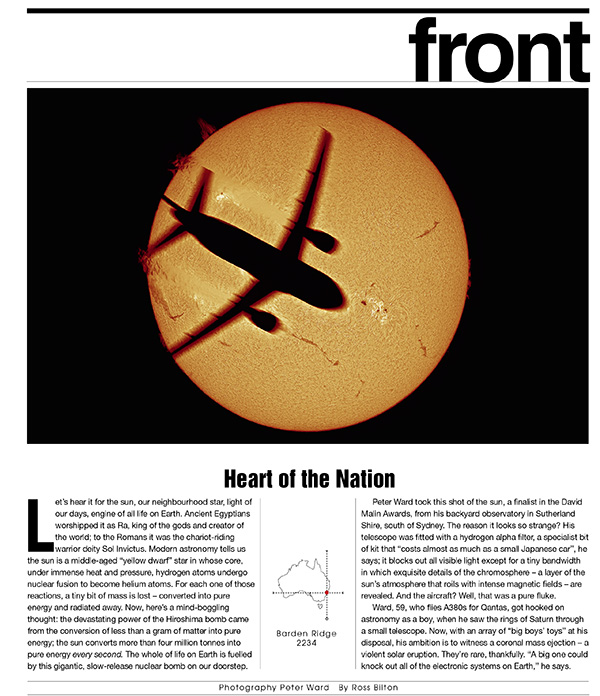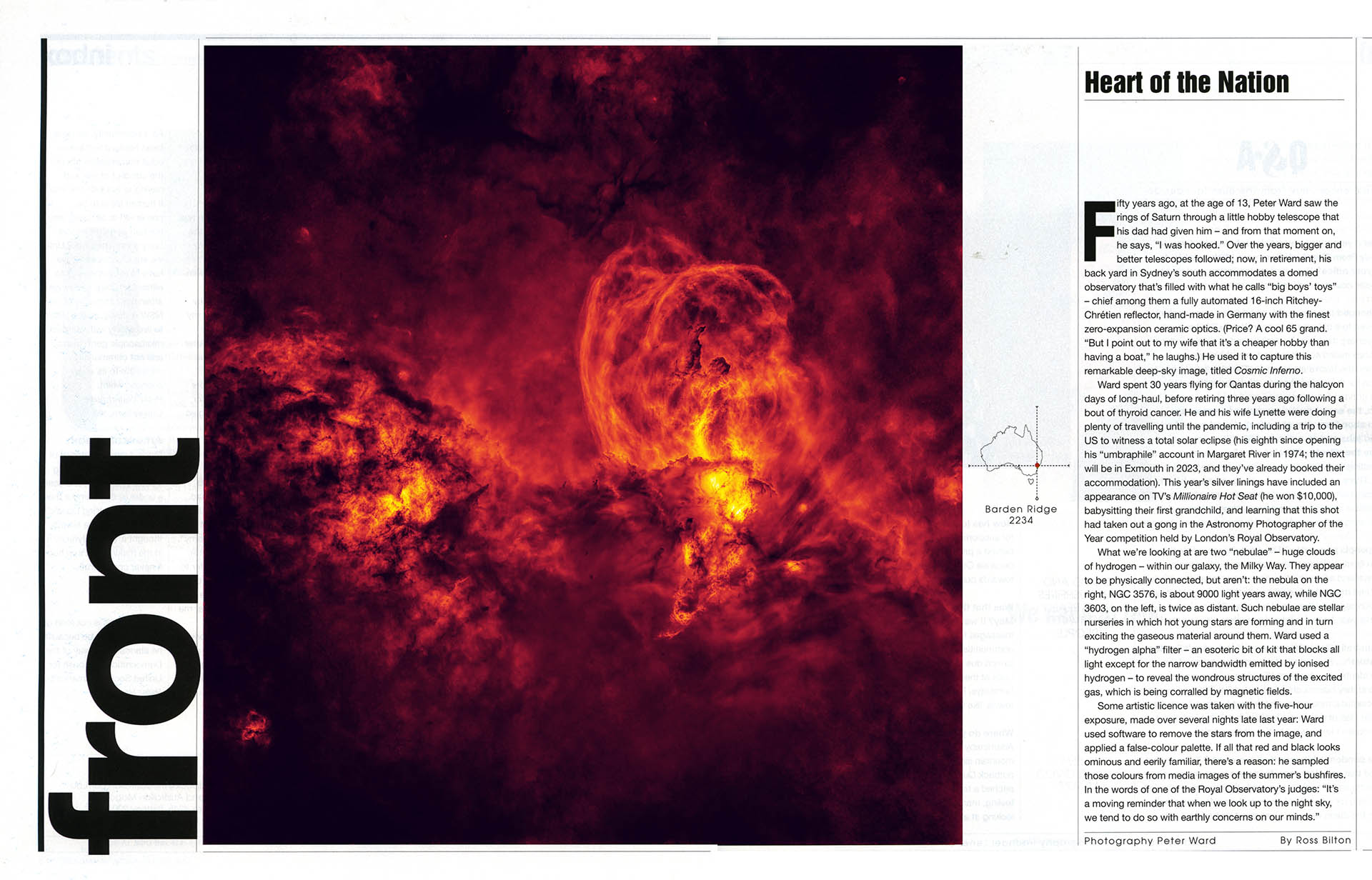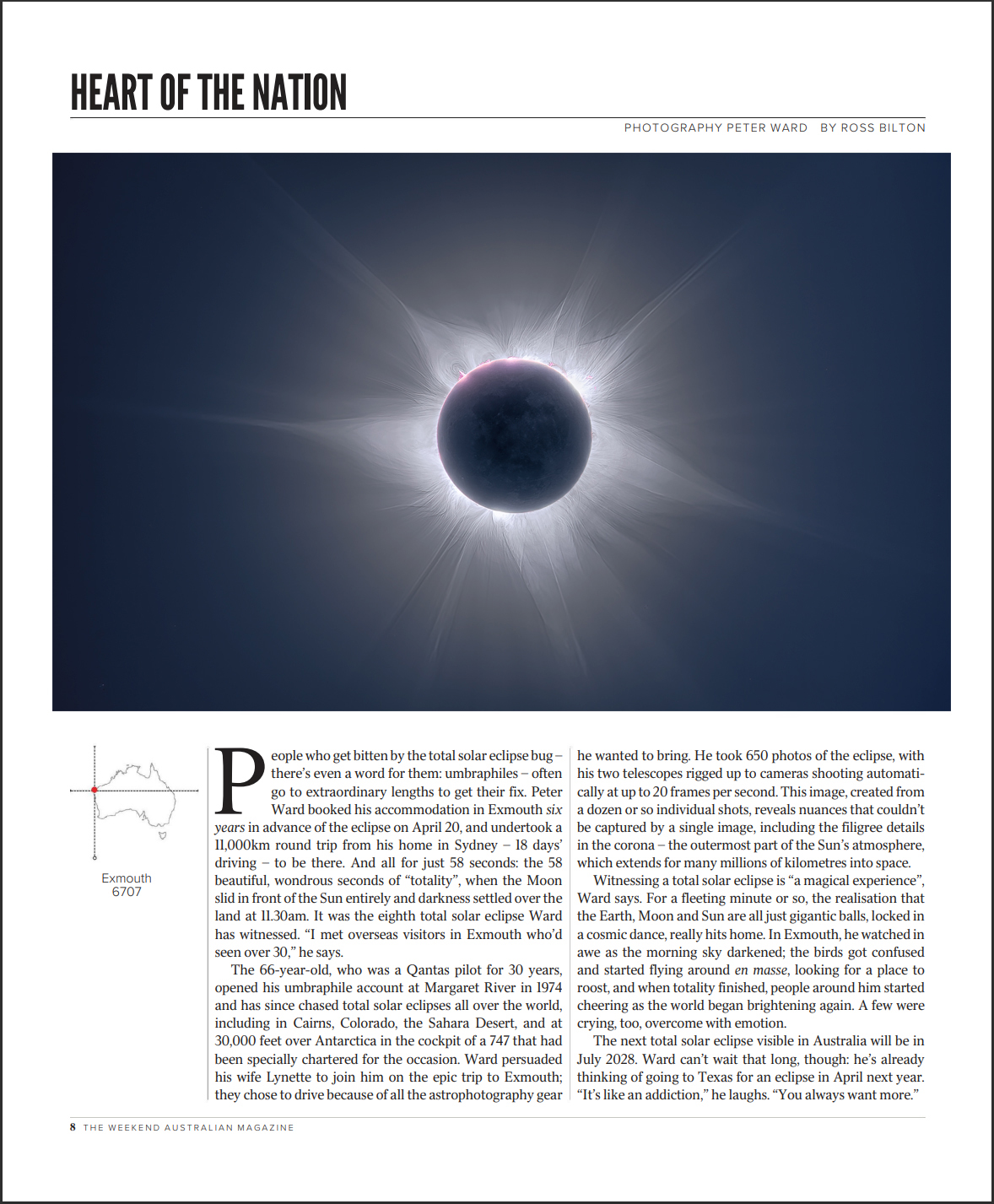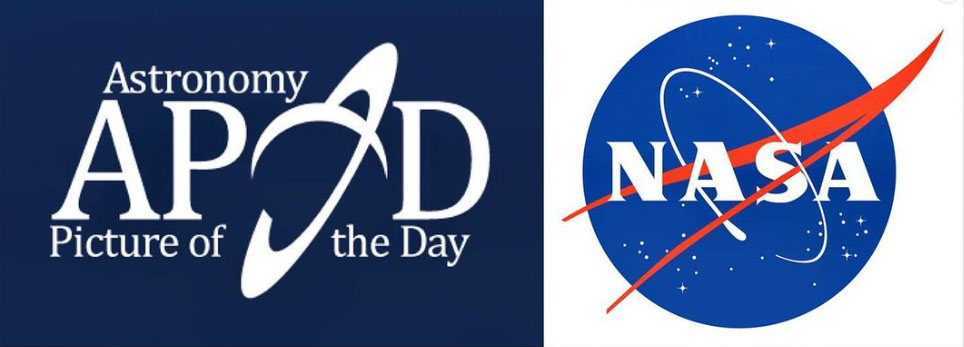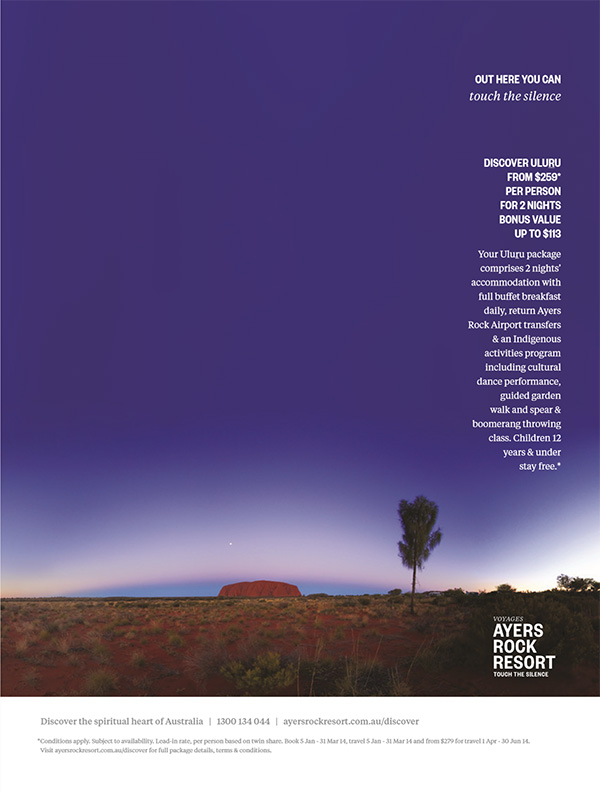Welcome to the Barden Ridge Observatory Home
Page
Email contact
Barden Ridge observatory (BRO) located around 30km to the south of the Sydney central business district.
The observatory is privately owned, sorry, no tours.
The nearest public observatory is located at
Green Point which is operated by the Sutherland Astronomical Society
BRO sits at the top of the Woronora River valley, with the Royal National Park to the east.
Holsworthy Reserve and Heathcote National parks to the south.
Aurora visible from Barden Ridge!
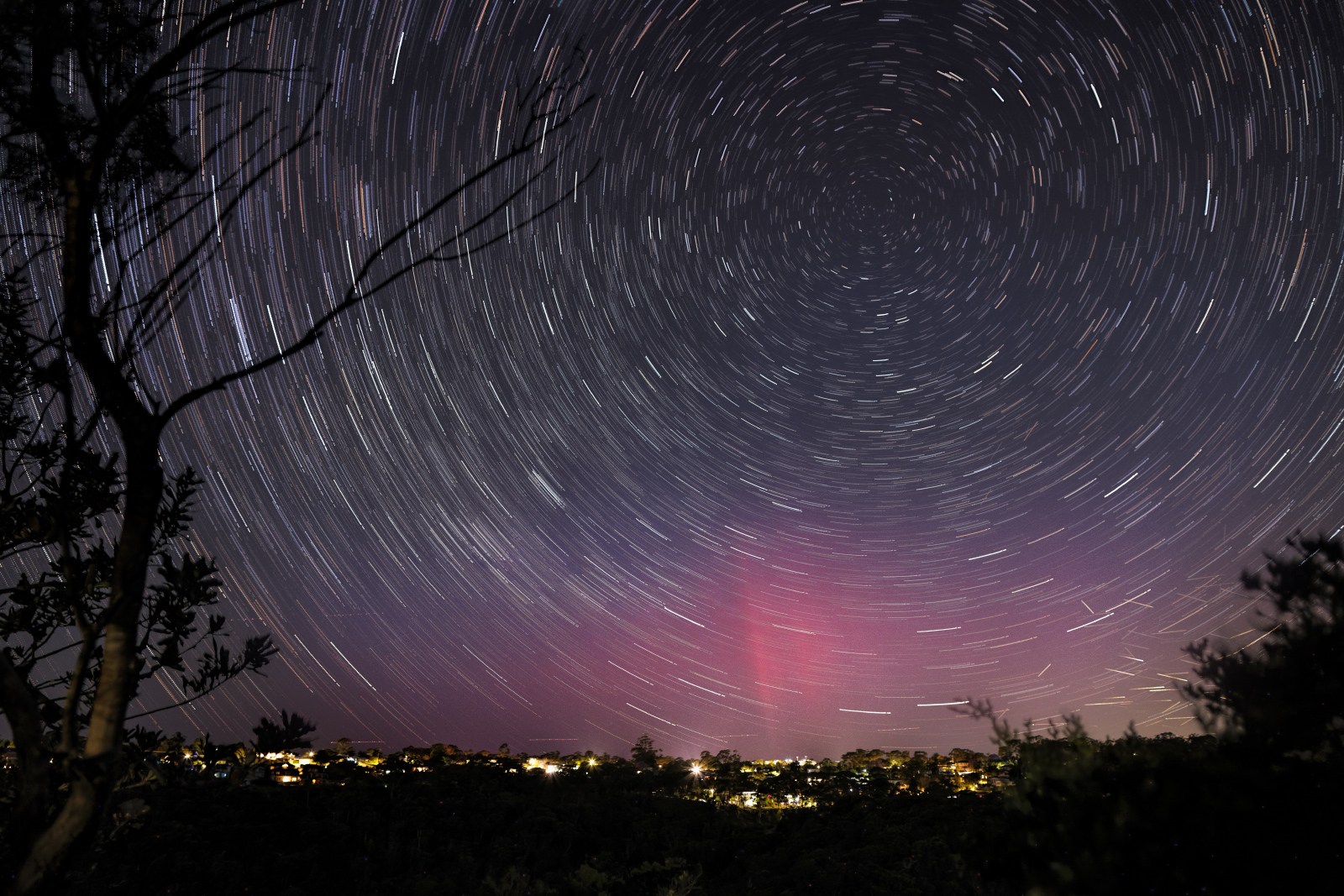
Late on 12 November 2025, Sydney residents were treated to a rare Auroral display
The display was bright enough to be seen above the
urban lights of Engadine in Sydney's south (pictured above)
The image also shows star rotation around the south celestial pole plus
numerous satellite trails (probably Starlink aka Elon's Star-Stink) are also visible near the south west horizon.
The faint magenta Auroral glow, not normally visible from temperate latitudes,
is caused by solar activity that ionizes oxygen in Earth's extreme upper
atmposphere, some 300-400 Km above the Earth's surface.
According to NASA:"The sun produced its strongest solar flare of 2025,
an X5.1-class eruption from sunspot AR4274 (indicated below)
triggering severe radio disruptions across continents. The major event erupted November 11,
releasing intense X-rays and extreme ultraviolet radiation toward Earth.
This powerful outburst represents most intense eruption since October 2024,
with accompanying coronal mass ejection racing toward Earth at 7.0 million kph.
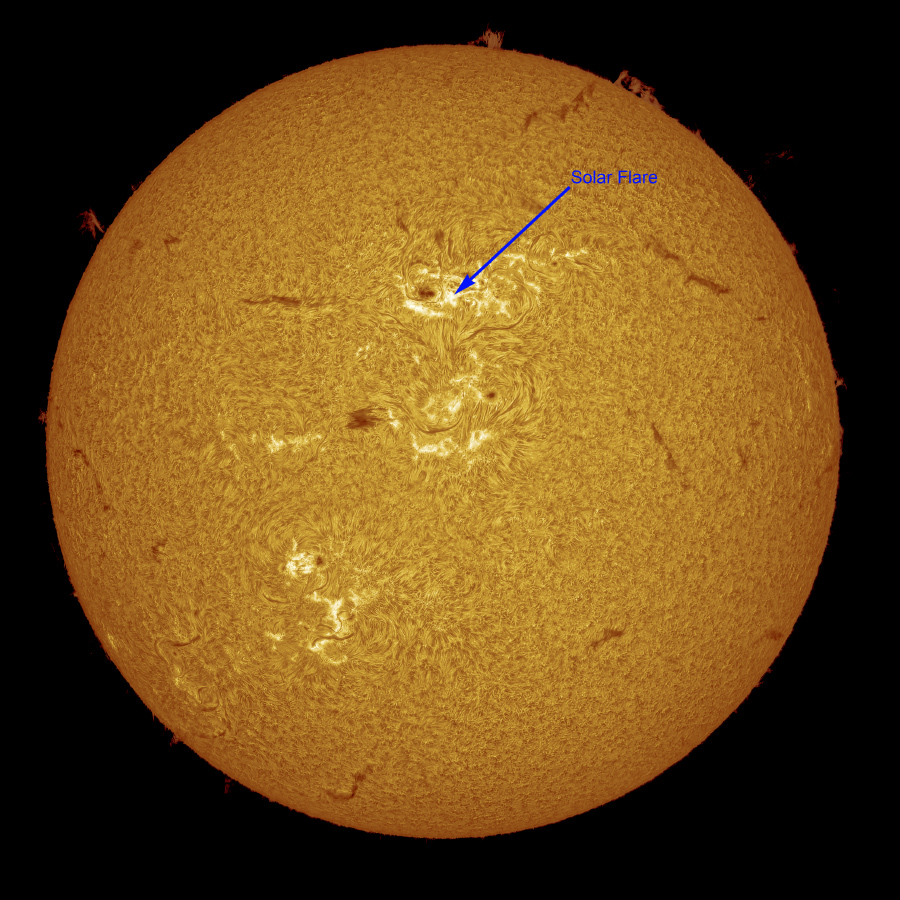
(Above Sun in H-alpha taken 11 November 2025 from Barden Ridge)
Inside the Observatory
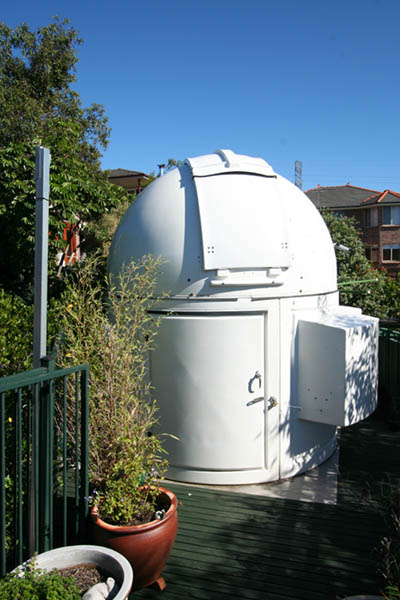
The dome is a Sirius 2.3 metre "home-model" fibreglass dome. It is around 30 years old now, having withstood numerous Sydney thunderstorms, downpours and hail with ease. Apart from the occasional "cut and polish" using automotive cleaners, the observatory has required little maintenance. It is fully robotic, with both shutter and dome rotation being controllable via a Cat-5 network cable running to the house. The system is also accessible via the internet. You can view a selection from the gallery of images here |
|
The main telescope is an Alluna Optics 16" Ritchey-Chretien. An Astro-Physics GTX F6.3 is used for Solar Imaging Also used are an AP155 F7 refractor and AP305mm Riccardi Honders Astrograph The mount is a Paramount MEII. The mount is attached to a 10" diameter, powder-coated steel pier, dyna-bolted to a concrete and brick column below the observatory deck. |
 |
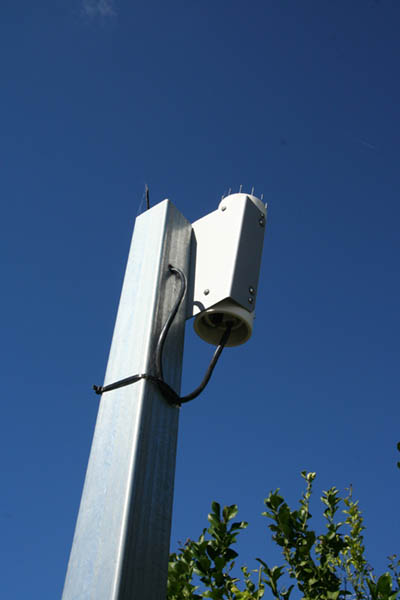 |
Weather monitoring is carried out by a Boltwood Mark II weather sensor. It measures mean wind speed, humidity, cloud cover, ambient light and detects rainfall...plus the occasional arachnid that wanders under the lower sensor, thus closing the dome ! |
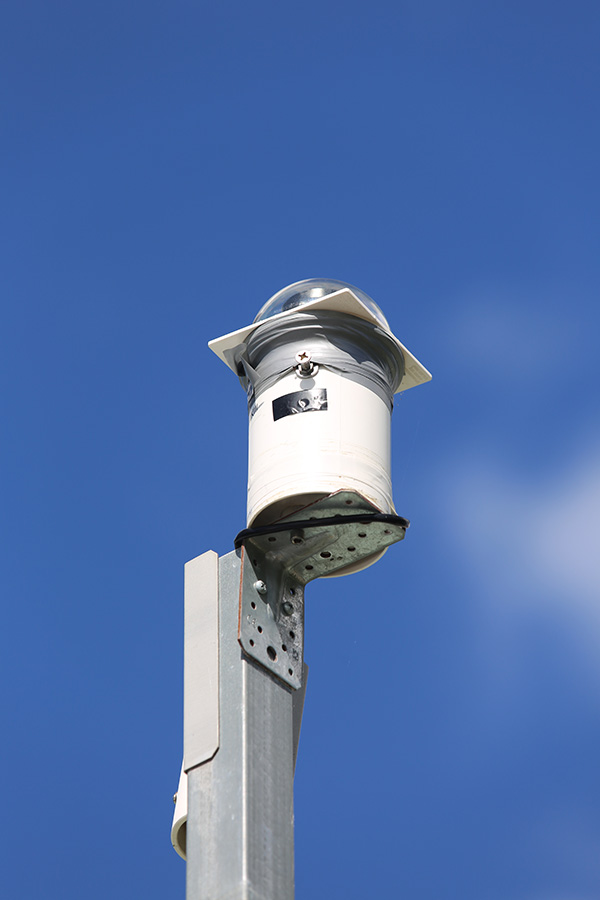 Things
that make the observatory work better 1: AllSky webcam Sometimes the Boltwood monitor misses high/thin cloud. This camera uses a Point Grey Cricket IP camera and uploads images to the Web every 3 minutes The all-weather housing is made from some PVC plumbing parts, duct tape, and an acrylic dome from a RC drone, Ugly but functional ! Things
that make the observatory work better 1: AllSky webcam Sometimes the Boltwood monitor misses high/thin cloud. This camera uses a Point Grey Cricket IP camera and uploads images to the Web every 3 minutes The all-weather housing is made from some PVC plumbing parts, duct tape, and an acrylic dome from a RC drone, Ugly but functional ! |
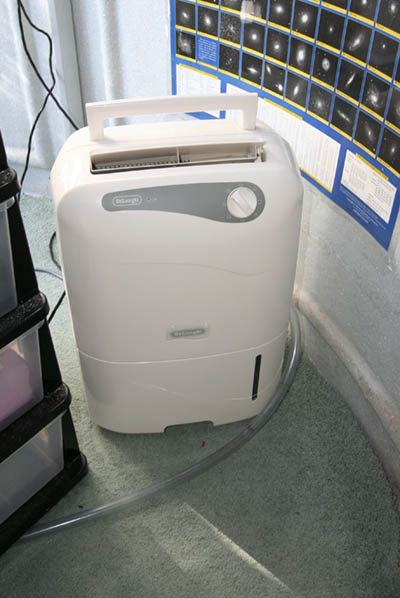 Things
that make the dome work better 2: Delonghi de-humidifier, on a self timer
that activates just before dawn. The clear plastic tube drains to
underneath the observatory deck. The carpeted
floor has saved many an eyepiece and instrument from certain
destruction. Things
that make the dome work better 2: Delonghi de-humidifier, on a self timer
that activates just before dawn. The clear plastic tube drains to
underneath the observatory deck. The carpeted
floor has saved many an eyepiece and instrument from certain
destruction. |
.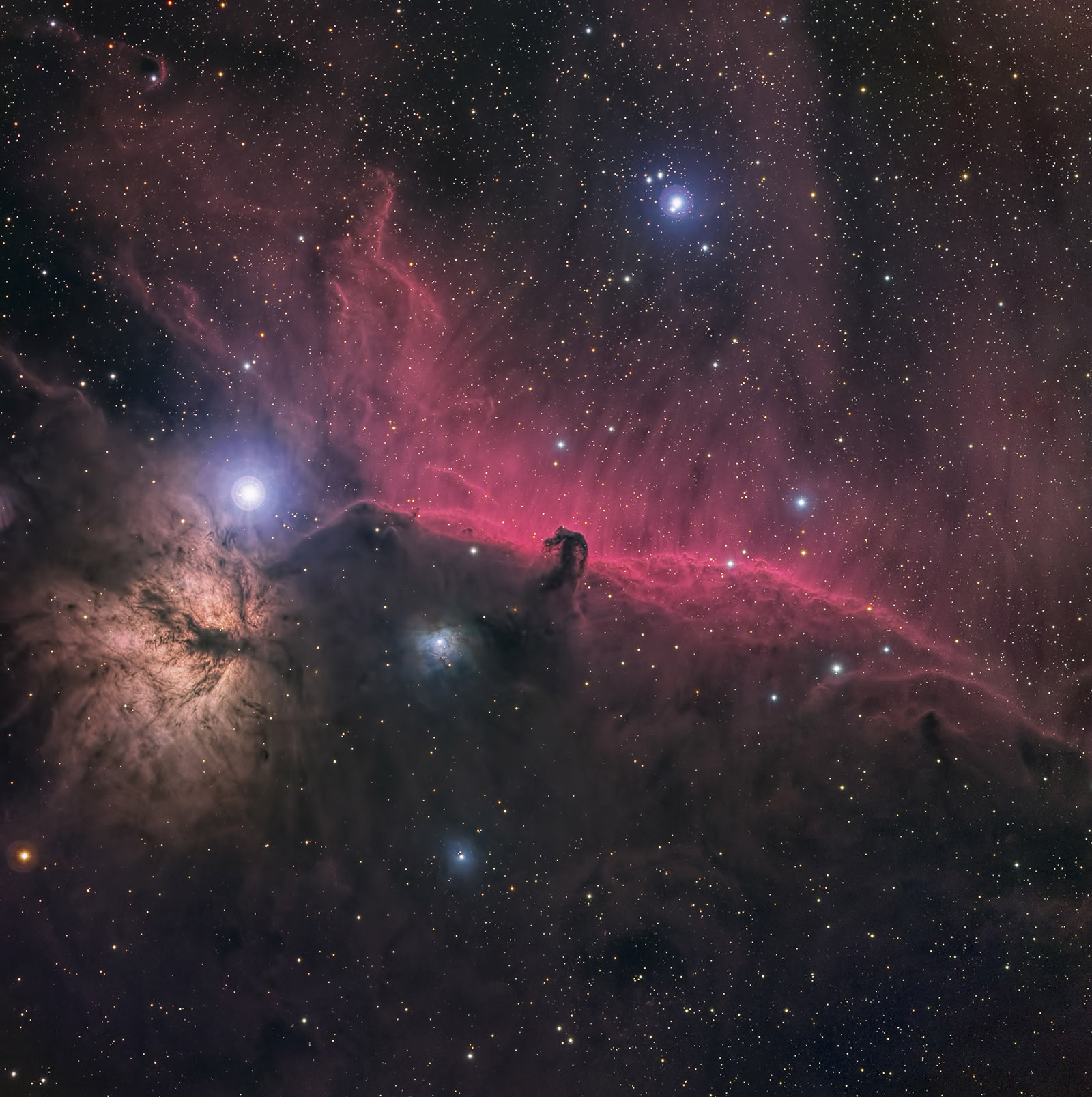 The image above is typical of
the imaging performance the RH305mm telescope. This deep image
of the Horse Head nebula was taken over many nights, partly due to the very
dim nature of the dust cloud, but mainly due the massive amount of sky glow
from the Sydney urban sprawl.
The image above is typical of
the imaging performance the RH305mm telescope. This deep image
of the Horse Head nebula was taken over many nights, partly due to the very
dim nature of the dust cloud, but mainly due the massive amount of sky glow
from the Sydney urban sprawl. |
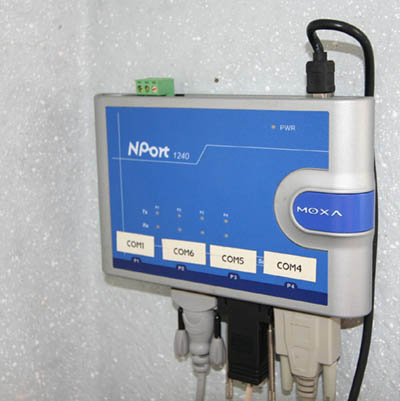 Things
that make the observatory better 3:
NPort USB to RS232
hub. Essential for
controlling the dome, filter-wheels etc. Things
that make the observatory better 3:
NPort USB to RS232
hub. Essential for
controlling the dome, filter-wheels etc. |
The business end of the telescopes. The RC16 is fitted with a Telescope Control Centre which controls and monitors: |
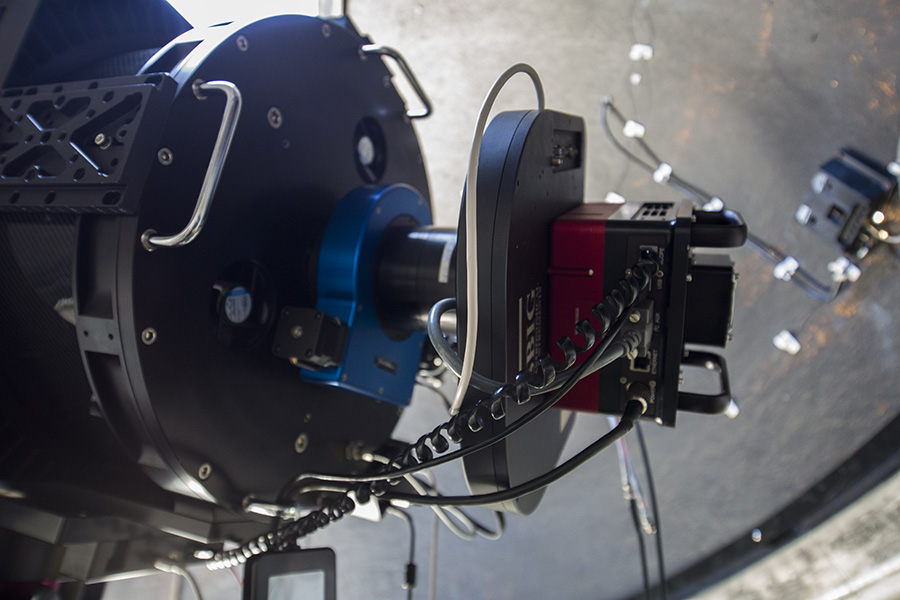 |
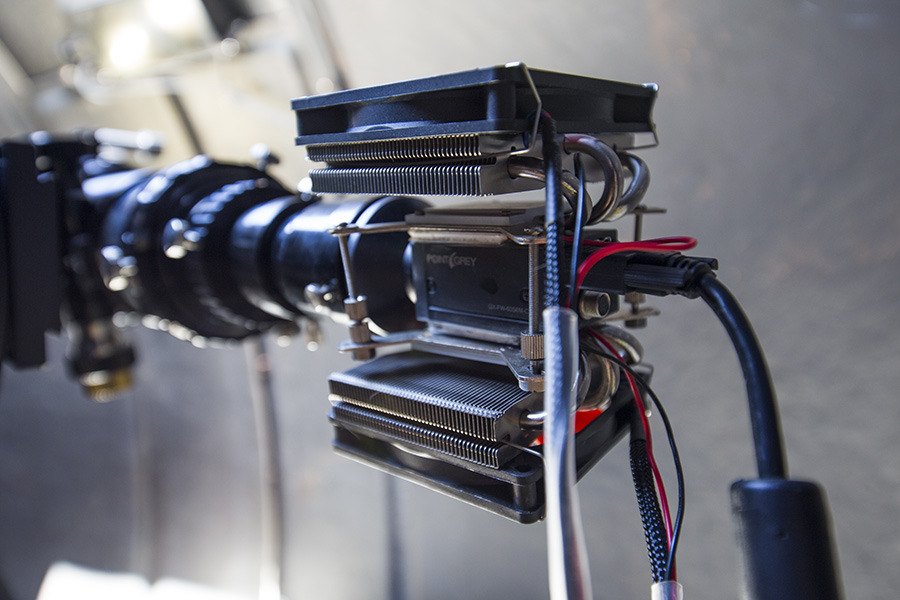 |
A second 6.0 megapixel Point Grey CCD is used for solar images. Looking a bit like Frankenstein's monster the camera is cooler via two PC CPU heatsinks and fans coupled to 2x 60 watt peltier coolers. As a result the camera typically reports an operating temperature of around 24 degrees....a vast improvement over its normal 40 degree operating temperature! The camera is also used with a SBIG CFW10 filter-wheel fitted with Custom Scientific SII, H-Alpha (3nm and 10nm) OIII filters plus Astro-Don RGB imaging filters for occasional planetary imaging sessions. |
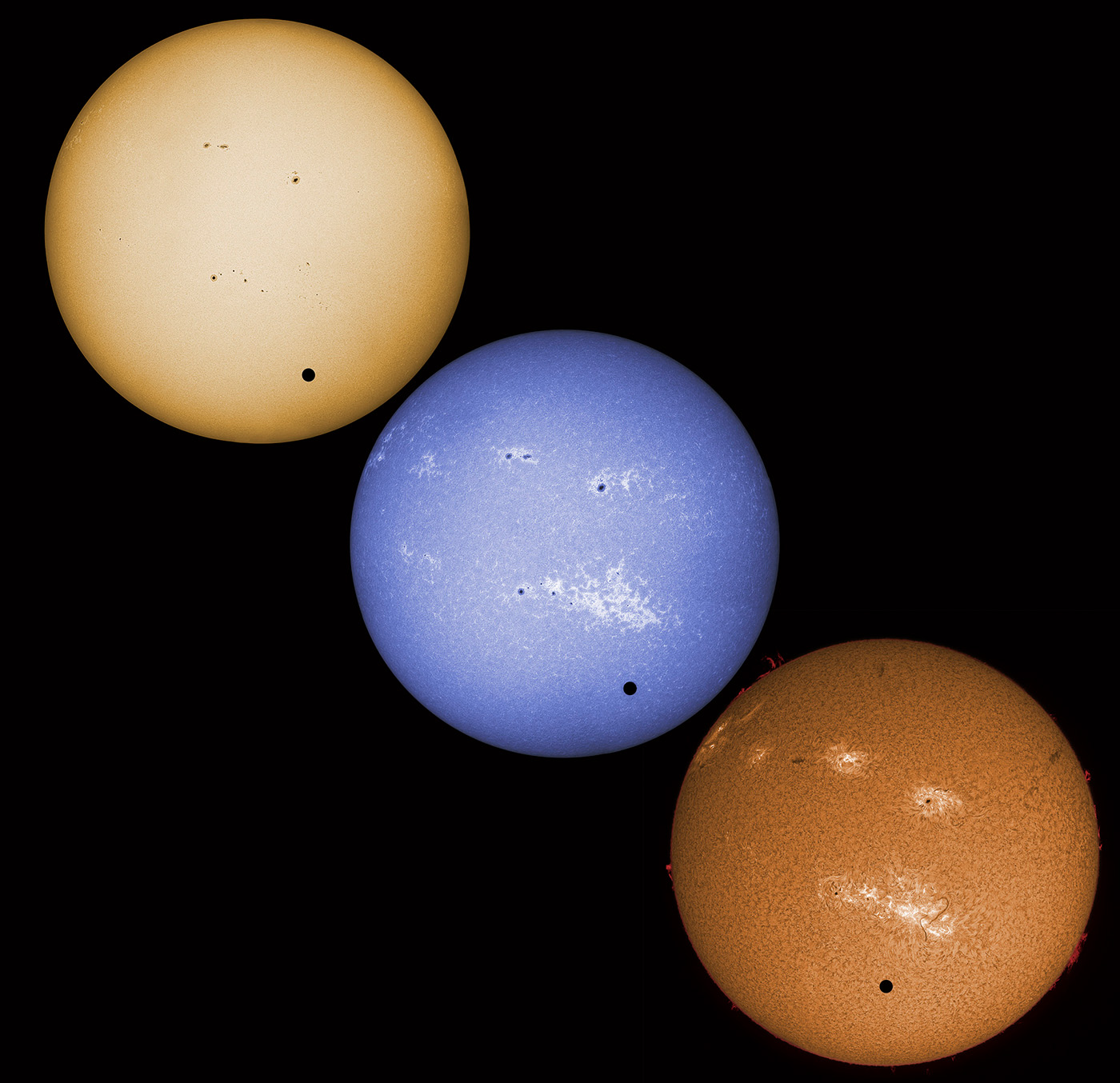 |
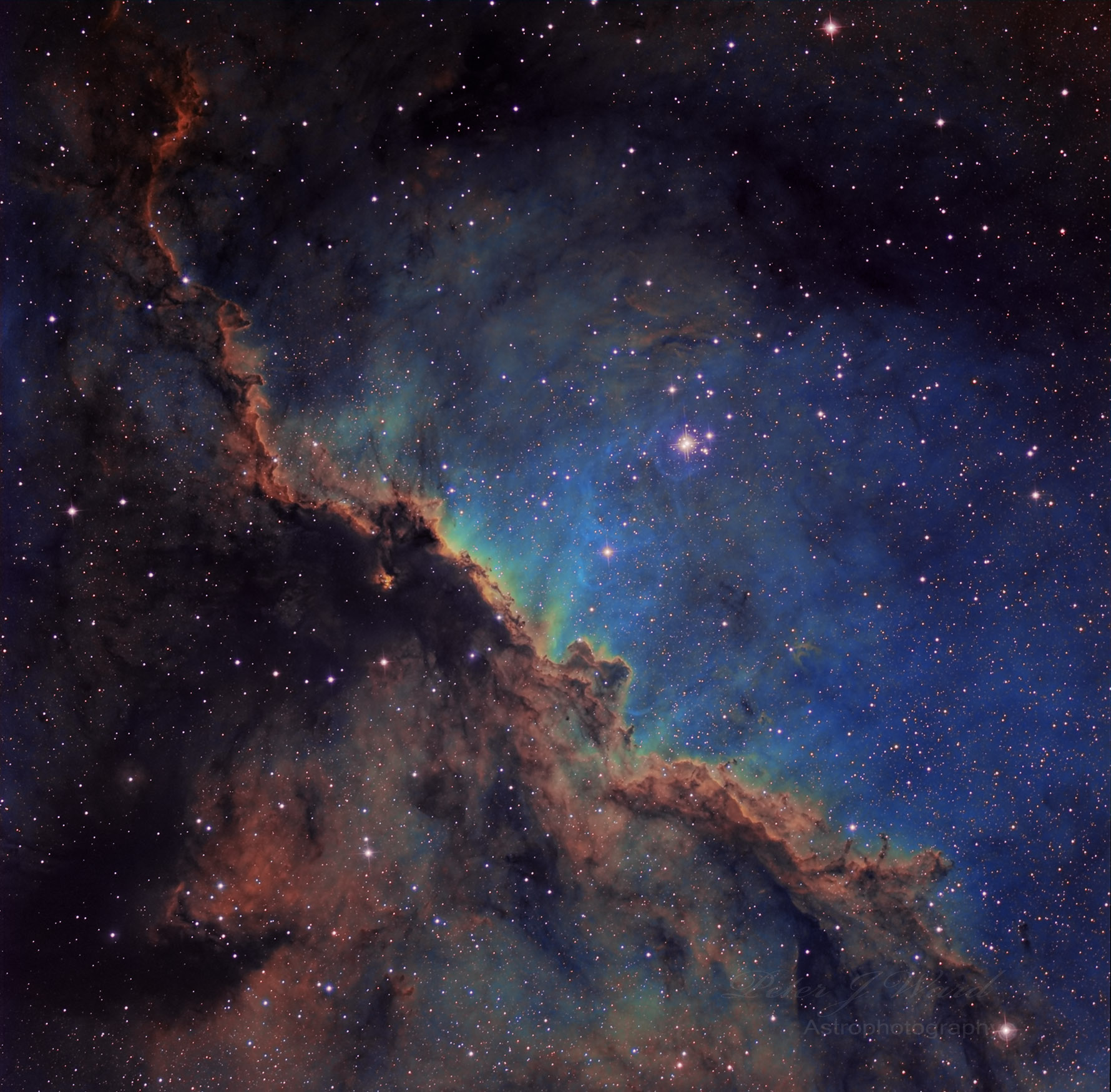 |
| Above: The transit of Venus...required a field trip! Below: The great nebula in Carina | Above: The Ara nebula in narrow band. Below: Sun in H-Alpha |
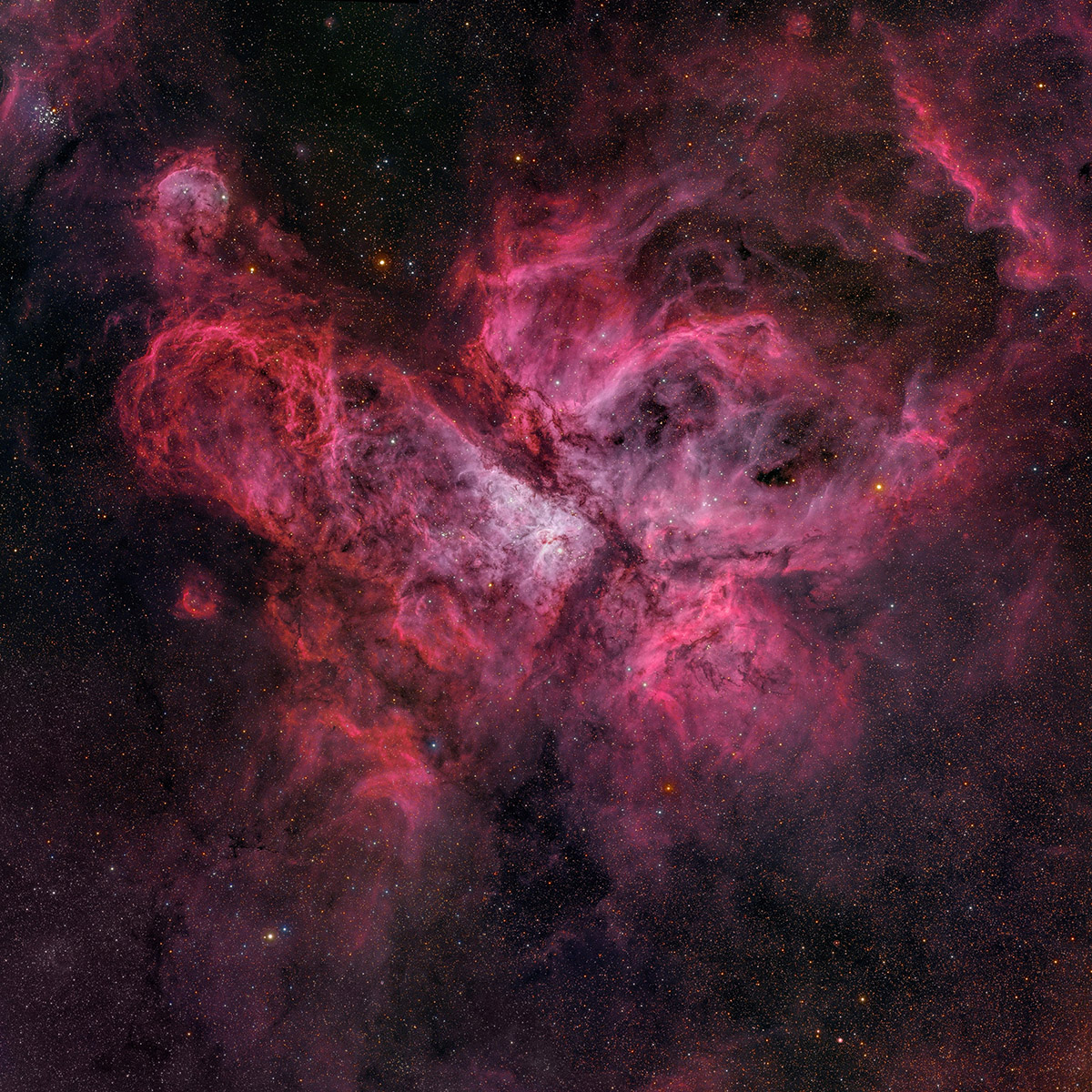 |
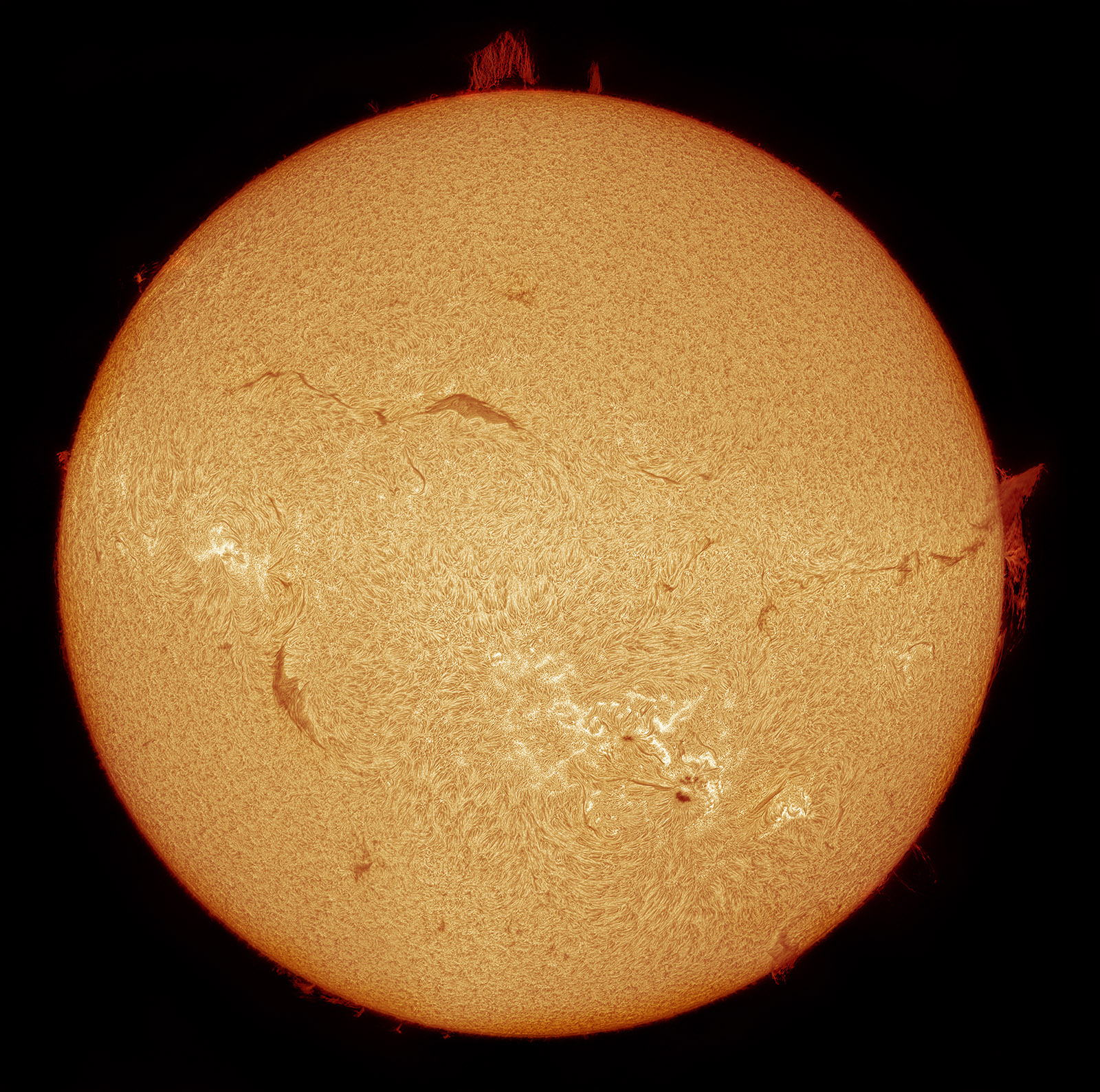 |
| Below: Sydney's Summer thunderstorms. Surge protectors on expensive observatory equipment is mandatory! | Below: Total solar eclipse taken a few miles north west of the observatory... :)..... Exmouth Western Australia |
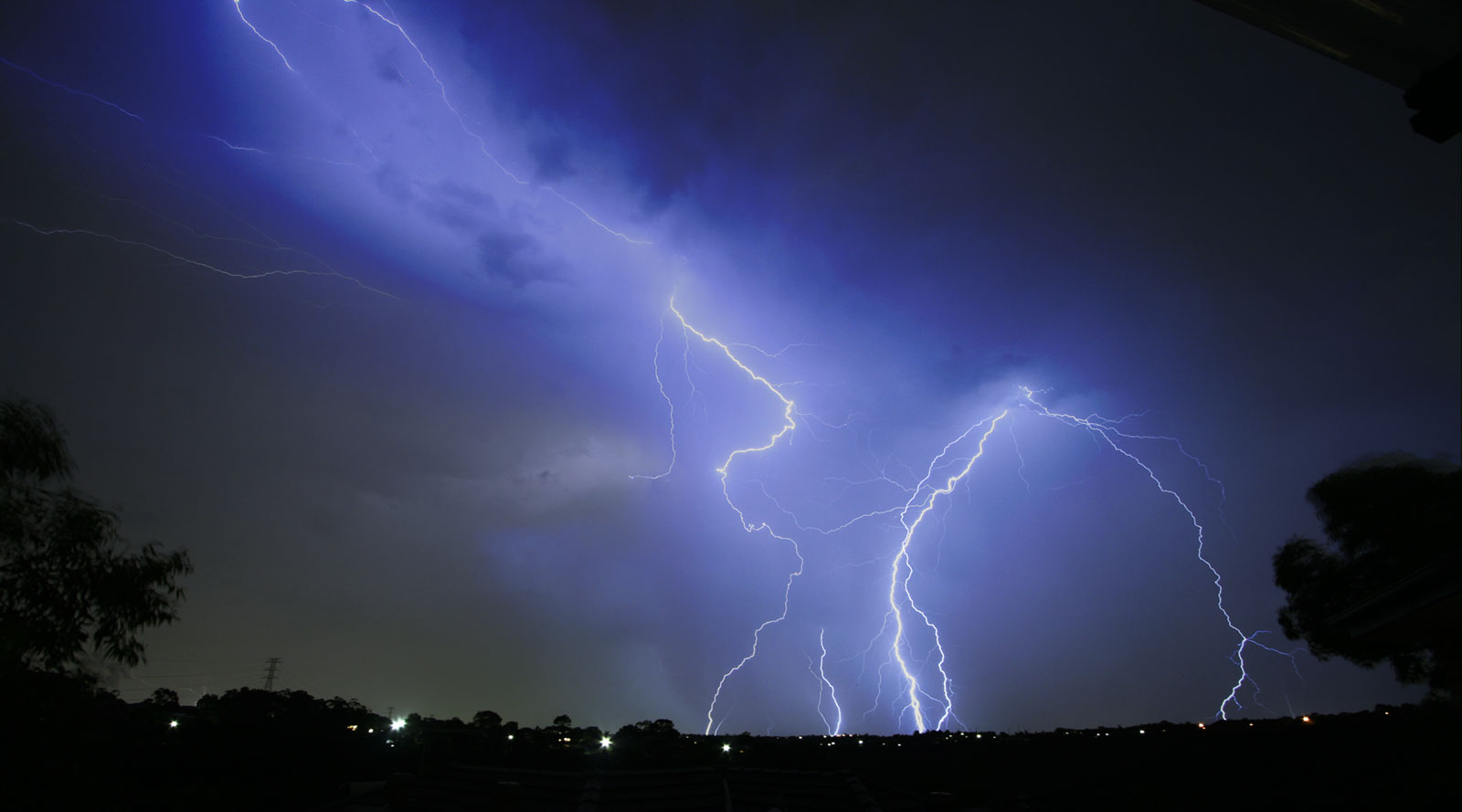 |
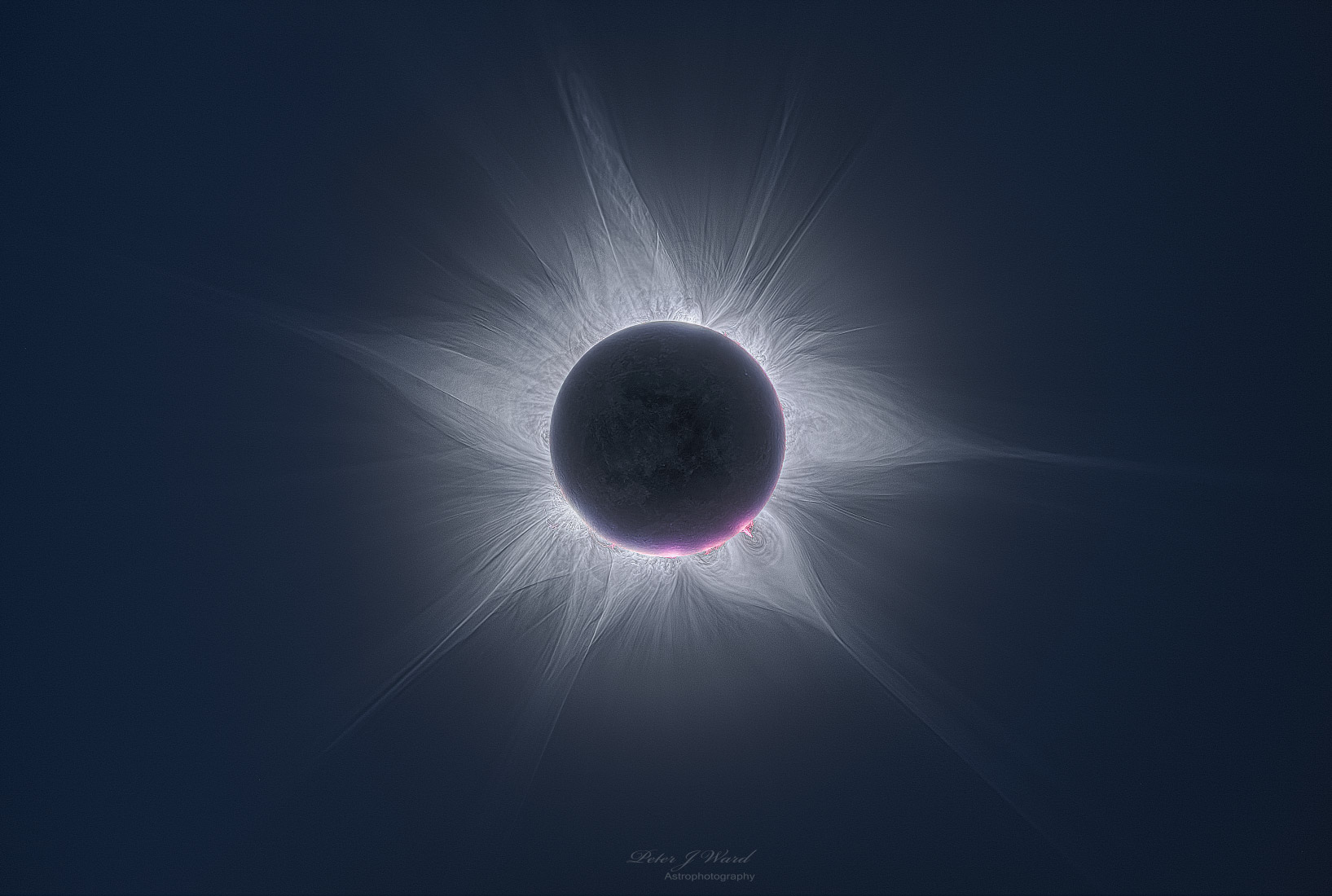 |
| Some QuickTime VR movies, imaged near Mudgee NSW can be found at the links below Southern Star trails (right) and associated web page The Southern Milky way (Windows users will need to install an Apple Quicktime player for their browsers to view these) |
 |
A little more about the observatory's owner,
Mr Peter Ward (B.Sc (UWA). ATPL. AIPA)
astrophotography "discoveries/innovations" below....
Digital Measurement of Periodic Error
|
Milkyway Arch panoramas
(Below "Space is curved" CWAS David Malin innovation prize winning image 2007)

In 2006 I was wanting to create a 360 degree panorama image of star trails in the night sky,
but did not have the multiple cameras or software necessary to stitch the multiple time exposures
that would be required for such an image.
My "Eureka!" moment was realising I could do this with a single camera,
fitted with a180 degree circular fisheye lens and a new "re-mapping" feature in Photoshop CS.
The Photoshop tool allowed the conversion of images from polar to retangular co-ordinates.
I then took a sequence of time exposures over a period of several hours with the fisheye lens pointed at the zenith, stacked them show the star trails, and converted the circular fisheye image (i.e. polar) to a rectangular one.
The image's horizontal aspect was then elongated by Pi x number of horizontal pixels, and I had my 360 panorama. I also applied the same technique to a single frame, and the proverbial night sky "Milky Way arch" was created.I received the David Malin innovation award for the method, and, a NASA APOD in 2007 for the star trail image.
Ultra wide panoramas of the Milky Way since been replicated and improved upon many times since,
Contemporary imagers now use panoramic heads and automatic stitching-software that no longer geometrically distorts the star shapes.However it all started with the above image taken in 2006 at Mudgee Observatory in NSW, Australia..
Plus a few other Glittering prizes picked up along the way.......
Unfortunately growing light pollution to the north and west is slowly makingnight time astrophotography more difficult from the observatory.
Despite that handicap, I've received a few national and international awards for my Astrophotography work:
"Cosmic Inferno"
First Prize, Royal Greenwich Observatory
Astronomy Photographer of the year 2020 (stars and nebulae)
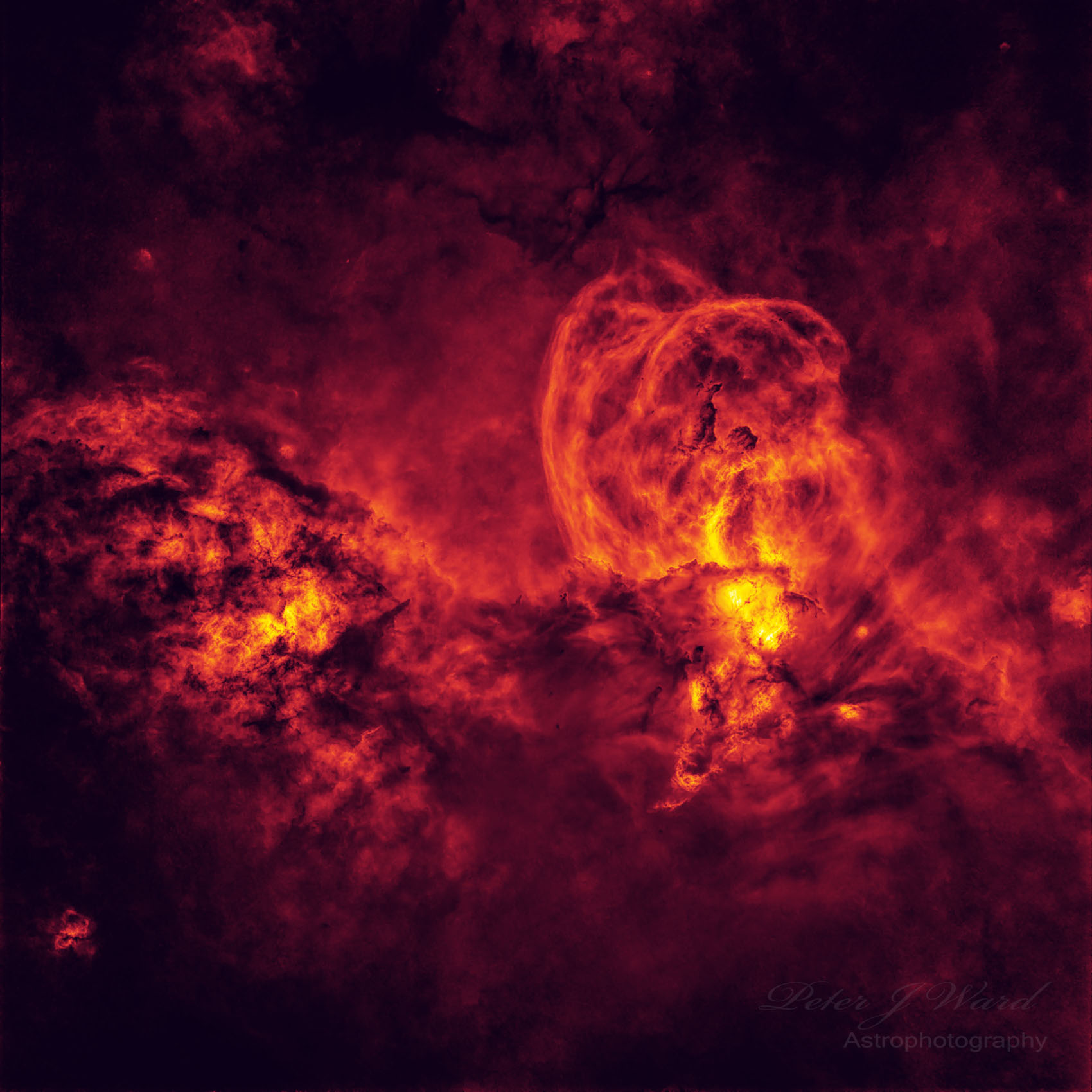
Discovered by John Frederick William Herschel on 16 March 1834 the above
nebula was the 3576th entry in is New General Catalog: unsurprisingly labeled NGC3576
A computer software routine has removed the stars from the original image, revealing just the nebula structure.
Shades of grey in the original data have been mapped to a palette sampled from press imagery
of
Australia's devastating fires of 2019/2020 ('tip o the hat to Nick Moir/Sydney Morning Herald's coverage)
during which time the Observatory was often heavily shrouded by bushfire smoke.
Other Astrophotography awards and publications Australian National Awards CWAS David Malin Astrophotography Awards Judged by Dr David Malin OAM. CWAS/Malin awards are Australia's premiere Astrophotographic event. Apart from the overall prize, successful entrants are given category wins or honorable mentions The NewsCorp Photo editor's prize was added from 2012.
Sydney Observatory/The Powerhouse Museum Winner Best Venus 2012 Transit image. Australian Museum Eureka Prize 2012
Third place. Scientific Photography
International Awards Royal Greenwich Observatory Astronomy Photographer of the Year
It has expanded significantly and with Insight Investment as a sponsor The 2020 competition saw 5400 entrants from 90 countries The subsequent exhibition has been moved from the Sky & Telescope Beautiful Universe Competition USA publishing icon, Sky & Telescope magazine + Second place The Sun + Winner People’s Choice The Sun Publications My astrophotographs and the occasional interview have appeared on
Broadcast Media ABC Television Channel 2 Advertising Voyagers Ayers Rock Resort ran an extensive national Australian print media campaign
|
